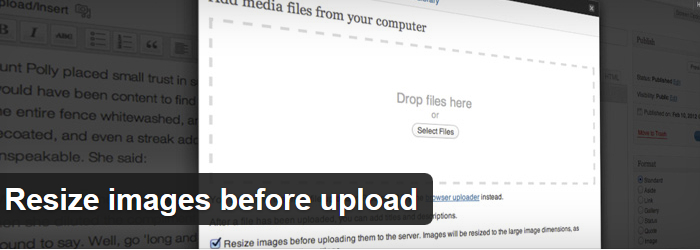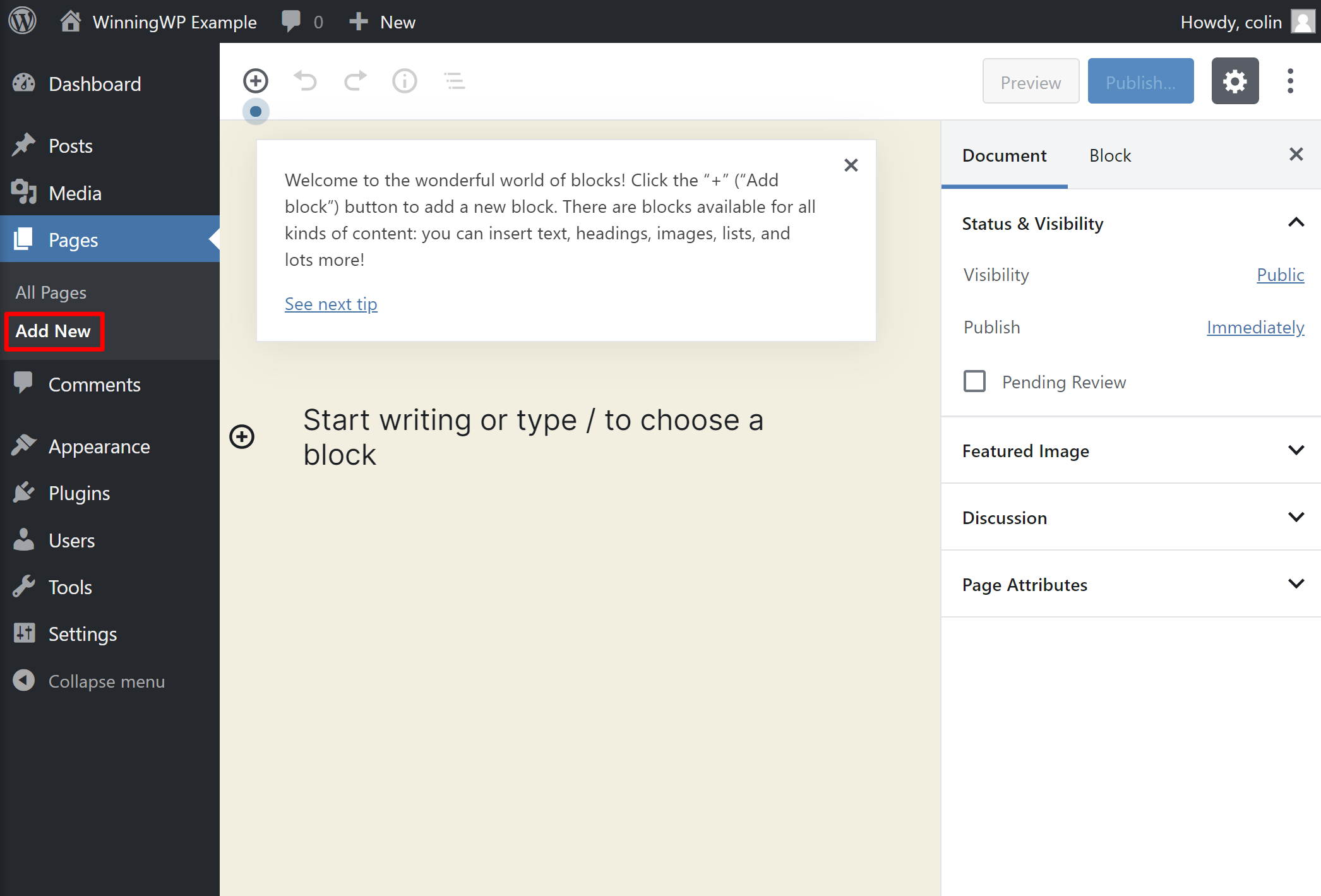

And since the featured image may end up being displayed by search engines and social media websites, it’s crucial to choose the right size. They most often appear with WordPress posts, but they can also be included with pages and custom post types as well. Much like the cover of a book, the featured image offers a preview of what’s to come in the content. WordPress featured images are critical to reader engagement. What’s the Ideal WordPress Featured Image Size? That will allow your images to be served correctly even at the largest size, which may not be possible if your image is of a smaller size than the largest size WordPress is using (which is 1024px by default).
#Easy editor wordpress image resize full#

There will be multiple subdirectories within your site’s uploads folder housing your images by upload date (assuming you’ve left the option to sort by date switched on in your Settings). To access this folder, you’ll need to use an FTP/SFTP client. Your images are stored in your site’s uploads folders ( wp-content/uploads/). Just type in a word you used in the title, caption, or description of your image to locate it. There’s also a search box on the right to help you track down your uploaded image.

However, do note that you’ll only be able to sort the images by date if you haven’t disabled this function in the Settings. You can sort them by media type (image, video, audio, etc.) and date. You can view all your uploaded images by hovering your mouse on the Media option and clicking on Library. Where and How WordPress Stores Your Images?Īs far as your Admin panel is concerned, WordPress stores your upload images in the Media Library. Thus, you should check the size of the image you’re uploading and make sure it’s the largest size it needs to be before you upload it to WordPress, but not any larger than that. WordPress will never use such images as they’re too large and will eat into unnecessary space on your server. That said, you must also make sure that you do not upload images that are larger than what the largest size needs to be. Plus, there’ll be a noticeable loss of quality. In that case, WordPress won’t display that particular image in the largest size correctly. Suppose you upload an image that is smaller than the largest size you’ve defined in WordPress. While WordPress will make it smaller for smaller devices, it will use the full-size (original size) where the image needs to be at its largest. One of them is that you should try uploading your images in the largest size you will need. We’ll explain this in more detail in a bit.īut before we get to that, you should know that there are specific requirements for this to work as you want. WordPress allows you to change the default image sizes and add as many additional sizes as you want. We’ve discussed how WordPress creates three default image sizes for you, but what if you need a different size than WordPress’s defaults? What if you want more sizes overall? Click to Tweet WordPress Image Sizes: Essential Things to Keep in Mindīefore we get into the more technical aspects of WordPress image sizes, you should know a few critical notes. Understanding WordPress image sizes may seem straightforward, but without the right knowledge under your belt, you could miss out on visitors and content sharing opportunities. It will involve a good deal of tedious work, which is why WordPress saves you the trouble. You could always edit your images manually to provide these additional sizes, but to do so accurately in a tool like Photoshop is no small undertaking. Your website will always show the correct images to your readers based on the device they’re using, speeding and enhancing their experience. WordPress creates all these different sizes to serve your images in the most appropriate size for each visitor. It means you end up with four images for every one you upload: The first thing WordPress does when you upload an image is creating three different sizes of your image. Uploading images to WordPress is pretty straightforward, but a lot goes on in WordPress backend as it handles them. How WordPress Manages the Images You Upload


 0 kommentar(er)
0 kommentar(er)
